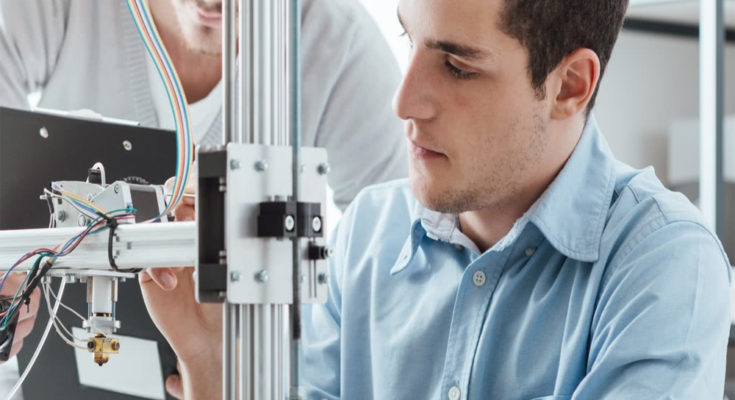Indeed, I always say that the answer to solving challenges and cost problems with special education is to make the most of our technology. This will be the only way we can have one-on-one communication in the classroom for teaching and learning specifically. Every year, there are more and more high-tech tools that change the landscape in the education sector, and it’s good to see us solve all the challenges in short amount of time. If you have few moments, I’d like to talk to you about all this for moment.
You see, not long ago, on March 17, 2012 there was an interesting article on the Wall Street Journal by Christopher Shea. The article was titled; “Really Talk to Your Hands – Oh Yes,” and the article states that; “Deaf people and people who lose their voices may one day have new way to talk, thanks to Digital Ventriloquist or DiVA,” and the article explains how the software works that enables people with “high-tech gloves that equipped with sensors and track their tracks. ” movements in three-dimensional space, “to use hand signals, or sign language recognition and then insert words into documents, emails or even text messages.
few years ago, I spoke with one of the main scientists at one of the biggest companies involved in LED lighting, and he worked with the MIT group to develop special gloves, and I suggested to them that they should use this LED. sensors on the gloves, and use them to track individual hand movements, allowing software to learn how someone moves, who can then program the Avatar, make cartoons, or pick up famous actors, and allow him to play part in the film even if he is not in there to do the acting for that scene.
We talked about all the potential possibilities for software such as using these special gloves, and one of the things that I think is most interesting is of course being able to use this software for special education, or deaf people, anyone who is unable to talking, suffering from severe arthritis, or other challenging defects.
It is my belief that the latest software that only takes about 100 hours to be trained for this particular user will be able to do all that and more. Indeed, I was quite impressed and it took quite bit to impress me today, so I gave this 10 on scale of 1-10 great technology for important educational applications. If you have an interesting future educational technology, please shoot me an email, because I want to talk to you about it, and discuss it in our think tank. Please consider all of this, and think about it.




